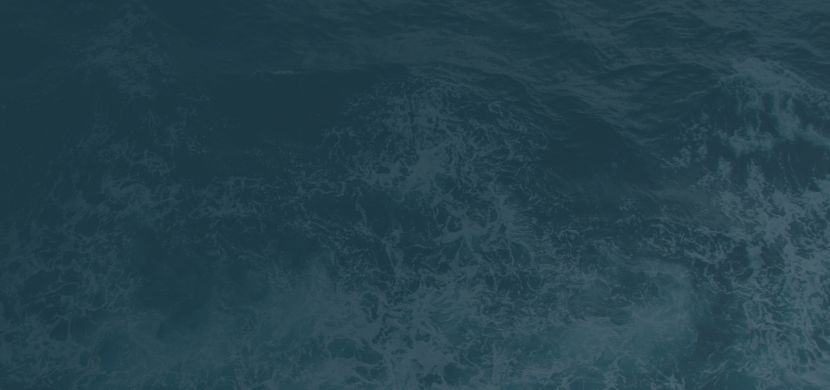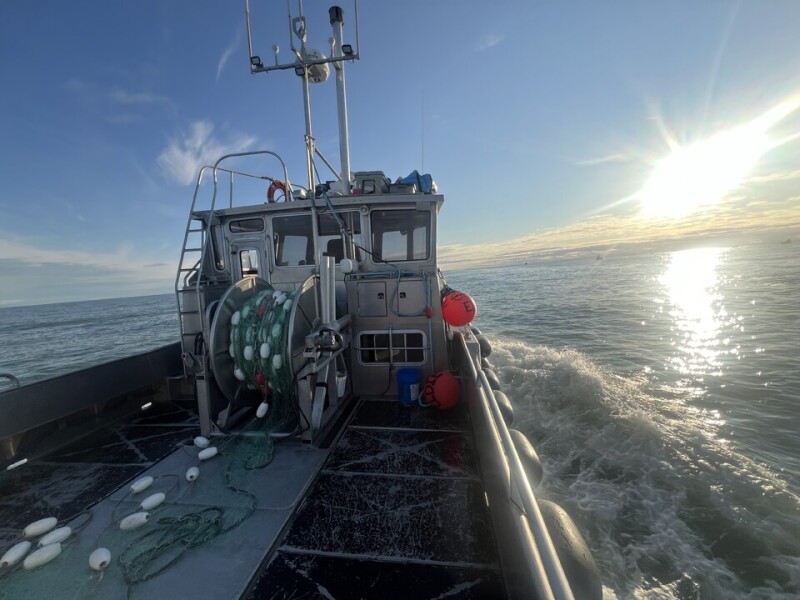Commercial fishing has been a part of my life for the last ten years, starting when I was just 15 years old. It is an amazing opportunity to unplug and relish the simplicity of long hours and hard, manual work. One of my big concerns while searching for my first desk job was if I would be able to continue this yearly tradition, so I was thrilled when I learned that Elliott Bay Design Group would be able to accommodate my love of fishing. At the end of June I set out for a three week break from…

You've caught the limit!
Free membership gives you access to:
- Unrestricted access to all NationalFisherman.com articles.
- Receive in-depth reports and research on various topics related to the fishing industry.
- Up-to-date news updates from the fishing industry delivered directly to your inbox twice a week.







